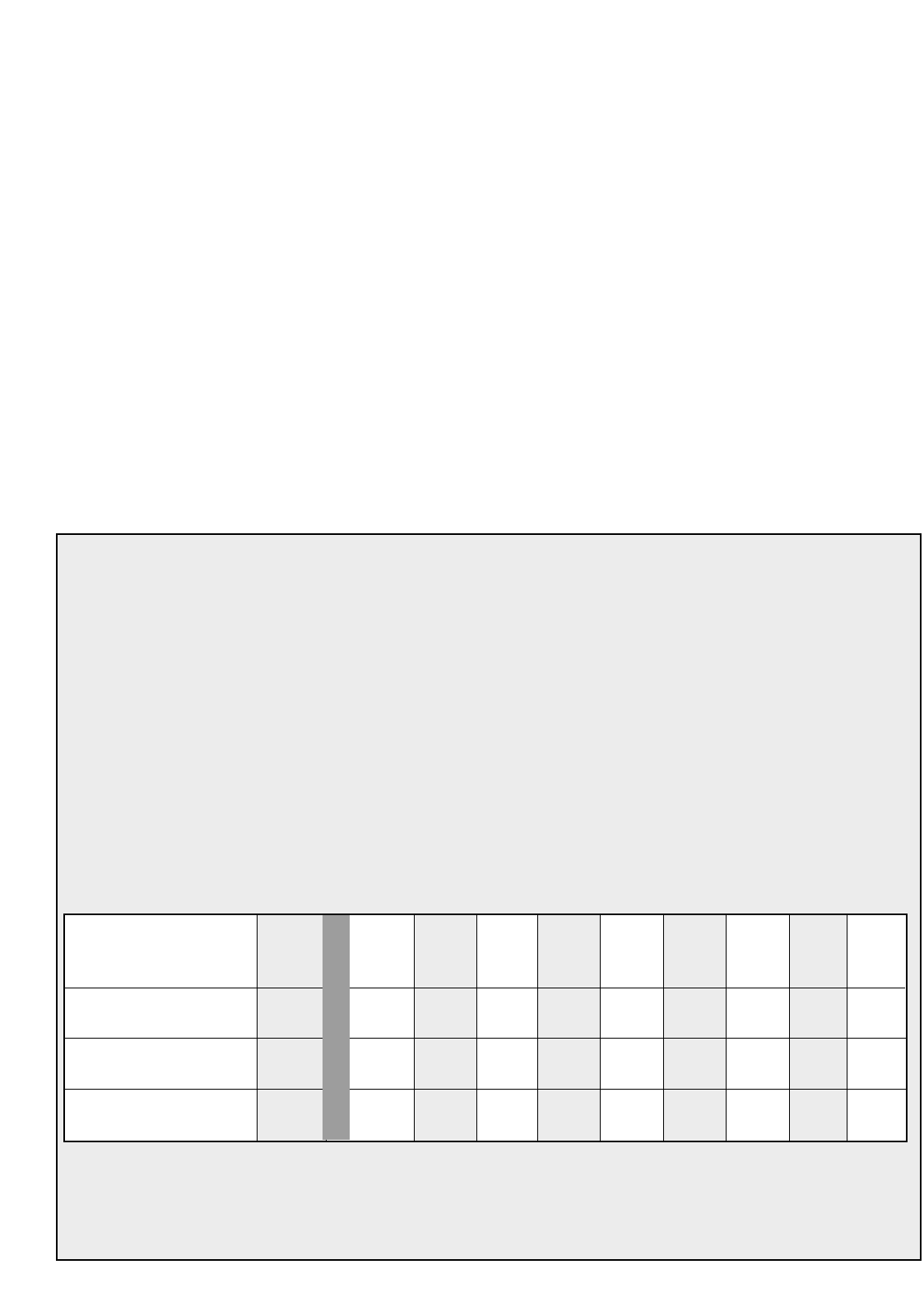
- "Indirect tanning". Primarily UV-B stimulates the
production of a substance called "melanin", which is
necessary for tanning. The effect does not show until a
couple of days after the sunbath.
- "Direct tanning". The UV-A and also a part of the visible
light cause quicker browning without reddening or "getting
sunburnt".
The Combi solarium
This Combi solarium emits predominantly UV-A, and also a
limited amount of UV-B.
It possesses some important features which make tanning at
home comfortable and convenient.
The sun lamps emit light, warmth and ultraviolet, so that it
feels just like lying in the natural sun.
The lamps have been positioned in such manner that your
whole body is tanned evenly, from head to toe. The appliance
ensures also perfect browning of the sides of your body.
For your convenience, but also to prevent unintended
prolonged exposure (e.g. after falling asleep), a timer-
controlled automatic switch-off operates after 30 minutes
tanning.
As it is with the natural sun, it's wise not to have too much of a
good thing! (See section "UV and your health".)
UV and your health
After an excessive exposure to ultraviolet (from the natural sun
or from your Combi solarium), the skin may develop sunburn.
Beside numerous other factors, such as excessive exposure to
the natural sun, improper and excessive use of your Combi
solarium will increase the risk of skin and eye disease.
The nature, intensity and duration of the radiation on one hand,
and the sensitivity of the individual on the other, are decisive
on the degree in which these effects can occur.
The more skin and eyes are exposed to UV, the more risk
increases of diseases such as inflammation of the cornea
and/or conjunctiva, damaging of the retina, cataract, premature
aging of the skin and skin tumours.
Certain medicines and cosmetics increase the sensitivity to
UV.
Therefore, it is of great importance
- that you follow the instructions in sections "Important" and
"UV sessions: how often? And how long?";
- that you select the advised operational distance of at least
20 cm (approx. 8");
- that you do not exceed the maximum amount of tanning
hours per year; (Please see the section “UV sessions (...)”)
- that you always wear the provided goggles while tanning.
5
UV sessions: how often? And how long?
You may have one UV session per day, over a period of
five to ten days. Allow at least 48 hours between the first
two sessions.
After such a course, you may rest the skin for a while.
Approximately one month after a course your skin will
have lost much of the tan. You might then decide to start a
new course.
On the other hand, it is also possible to have one or two
UV sessions per week after a course has elapsed in order
to keep up the tan.
Whatever you may prefer, make sure that you do not
exceed the maximum amount of tanning hours per
year.
• For this Combi solarium this is 28 hours
(= 1680 minutes).
Example:
Imagine that you take a 10 day UV course, with an 11
minutes' session on the first day and 24 minutes' sessions
on the nine following days.
The entire course then includes (1 x 11 minutes) +
(9 x 24 minutes) = 227 minutes.
• You may have 7 of these courses over a year.
(As 7 x 227 minutes = 11589 minutes.)
From the table it will be seen that the first session of a
course should have a duration of 8 minutes.
This is not dependent upon individual skin sensitivity.
If you think that the sessions are too long for you (e.g. if the skin gets taut and tender after the session),
we advise you to reduce the sessions by e.g. 5 minutes.
Duration of the 1st 2nd 3rd 4th 5th 6th 7th 8th 9th 10th
UV session session session session session session session session session session session
in minutes
- for persons with
very sensitive skin: 11 15 15 15 15 15 15 15 15 15
- for persons with
normal sensitive skin: 11 20-25 20-25 20-25 20-25 20-25 20-25 20-25 20-25 20-25
- for persons with
less sensitive skin: 11 25-30 25-30 25-30 25-30 25-30 25-30 25-30 25-30 25-30
rest of min. 48 hours


















